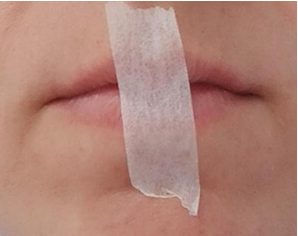What’s the value of doing ‘tummy time’ exercises?
Intention makes all the difference. What a baby needs during development is different from what you need as an adult, because you have:
+ different reference points as an adult, with more will and past experience
+ beliefs and other patterned thinking that show up in how you hold yourself
+ mature coordination
+ different proportions in your spine to limbs
The key feature of tummy time exercises as I teach them is to re-train how your body understands body halves and how this relates to your visual system.
In the course I developed called Rebuild Your Body: Part 1, you learn how to restore the deep connections of a body moved by the desire to connect to the external environment.
When you are standing,
your cerebellum organizes the same side of the body and
your somatosensory cortex organizes conscious movement on the opposite side of the body.
In Coherent Body, we access the clarity in our experience of the body by first creating clear signals to organize each body half. We are working at the level of the cerebellum.
Then, through the process of walking, we alternate our movement from body half to body half to generate the experience of the center. We are working at the level of the somatosensory cortex.
This is how we restore our bodies - by learning how to stand on our own two feet (in each body half) and learning how to move forward (weaving the two halves together).
But sometimes the foundation to this system is disconnected and needs to be restored. Sometimes we have completely lost our embodiment. This program is designed to rebuild your internal connections before you work on standing and walking. That means restoring how curiosity moves you, specifically through vision and touch.
If we go to back to the initial movement patterns in our development, when we were babies, we can cue the alternate movement pattern by how we navigate our attention and desires, and how that moves us. So we start with the somatosensory cortex: intentional movement.
We are also adults with embodied patterns, beliefs, and movement habits. It’s not appropriate or useful to merely recreate baby movements. Instead, we can take the essential connections and meaning of movement to rebuild our embodiment from the center. We do this by restoring rotational movement in the spine.
CLICK HERE to purchase the course.
In this course you will learn:
How to activate spinal extension and rotation in its innate developmental patterns
How to integrate the visual system with with spinal movement (often overlooked!!)
How to improve head control with the entire spine
How to build clarity in each body half
How to coordinate spinal movement with the limbs
What sorts of changes will you experience?
Less white noise because you feel more clear in your body.
Less internal distraction, as body organization translates into brain organization that you can feel.
Less subtle brain fog, which helps you be more decisive in your behavior.













